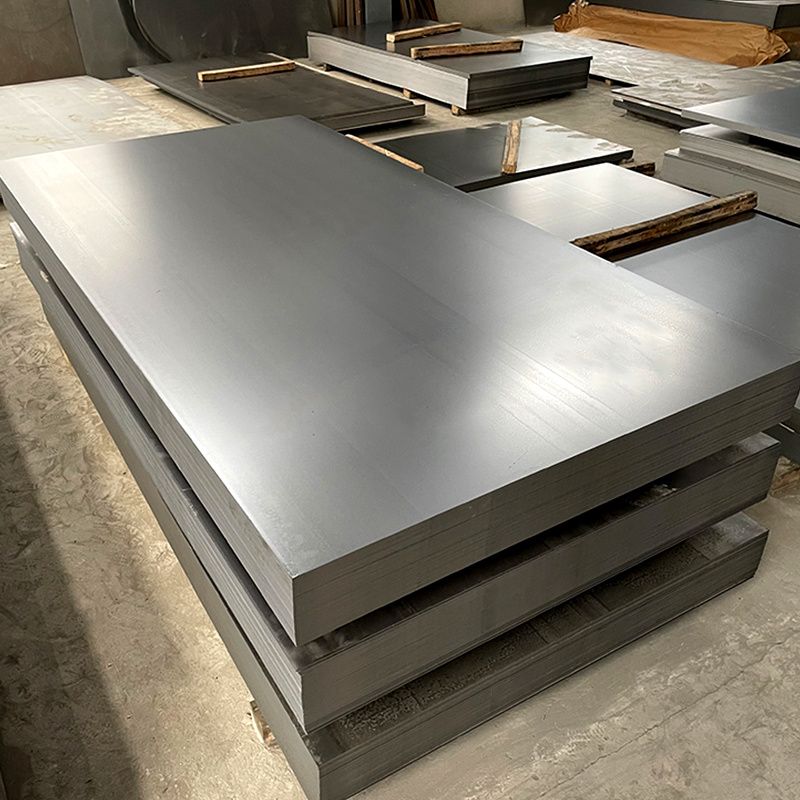1. Hot-rolled stainless steel plates
(1) Definition:Hot-rolled stainless steel plates are made by heating slabs (usually continuous casting slabs) to a certain temperature and then rolling them into strip steel through rough rolling and finishing mills. The hot-rolled steel strip is cooled to a set temperature by laminar flow and then rolled into a steel strip coil. Depending on the demand, the steel strip coil will undergo a series of finishing processes such as flattening, straightening, cutting, inspection, weighing, packaging and marking, and finally become steel plates, flat coils or longitudinally cut steel strip products.
(2) Characteristics:
① Relatively poor toughness and surface flatness.
② The heating temperature is close to the forging temperature.
③ There is oxide scale on the surface and there is a negative difference in plate thickness.
④ Widely used in civilian products such as tableware, kitchenware, household appliances, etc.
⑤ The mechanical properties are not as good as those of cold processing or forging, but it has good toughness and ductility.
2. Cold-rolled stainless steel plates
(1) Definition:Cold-rolled stainless steel plates use hot-rolled steel coils as raw materials, and are cold-rolled after pickling to remove the oxide scale. The finished product after cold rolling is hardened coil. Due to cold work hardening, its strength and hardness increase, while its toughness and ductility decrease, which limits its application in stamping. Hardened coil is usually used as raw material for hot-dip galvanizing plants.
(2) Features:
① Due to work hardening, the toughness is low and the price is high.
② No oxide scale on the surface, excellent quality.
③ High dimensional accuracy and good surface quality.
④ Widely used, suitable for cold stamping parts, cold-rolled cold extruded profiles, cold-rolled springs, cold-drawn wire, cold-headed bolts, etc.

3. The difference between hot-rolled and cold-rolled stainless steel plates
(1) Surface quality: There is no oxide scale on the surface of cold-rolled plates, while there is oxide scale on the surface of hot-rolled plates.(2) Performance and price: The toughness and flatness of hot-rolled plates are poor, and the price is low; the ductility and toughness of cold-rolled plates are good, and the price is high.
(3) Rolling temperature: Cold rolling is carried out at room temperature, and hot rolling is close to forging temperature.
(4) Application: Cold rolling is usually used to produce strips, and the hot rolling temperature is similar to forging.
(5) Appearance: The surface of hot-rolled plate without electroplating is dark brown, while that of cold-rolled plate is gray; after electroplating, the surface smoothness of cold-rolled plate is higher than that of hot-rolled plate.
Through the above comparison, we can see that hot-rolled and cold-rolled stainless steel plates each have their own characteristics and applicable fields. Hot-rolled plates are suitable for applications that have certain requirements for material toughness and ductility, while cold-rolled plates are more commonly used in precision machining and high-quality product manufacturing due to their excellent surface quality and dimensional accuracy.









